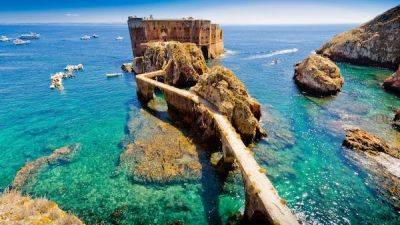Óbidos is most certainly on the list of must-see destinations for those visiting Portugal. But many may not know that just an hour away from the famous medieval town (30 minutes by car and another 30 by boat) is one of the most beautiful nature reserves in the country: Berlengas.
11 Budget Travel Lies You Should Stop Believing Right Now
27.07.2023 - 18:05 / smartertravel.com
There are plenty of helpful hacks that will let you see the world for less. But some budget travel rules are simply myths touted by businesses that benefit from them. Others are created by well-meaning travelers who mistook an exception for the norm. Here are 11 budget travel lies you should be wary of.
Myths You’ve Been Told about Budget Travel Budget Travel Myth # 1: “Unlock Your Phone”Talk of enabling your phone for international use (dubbed “unlocking”) usually centers around avoiding hefty roaming fees. But most budget travelers don’t need to unlock their phone anymore thanks to Wi-Fi calling and downloadable apps.
Only set up an international phone plan if you know you’ll absolutely require phone or data service on your trip—meaning, if you’ll need to make voice calls on-the-go, or won’t have any reliable Wi-Fi. If you’re staying in lodging that has Wi-Fi or will be visiting a city that has public networks, you can easily make calls on apps like WhatsApp and Viber, and should download offline travel tools like CityMaps and Google Translate guides. GPS location works on your phone without data enabled, and even your entertainment can be pre-downloaded now.
Editor’s Note: CityMaps, like SmarterTravel, is a part of TripAdvisor Media Group.
Related: 12 Travel Apps You Need on Your Phone Budget Travel Myth # 2: “Rental Cars Are So Cheap There”It feels like I hear this budget travel myth every time I go to Europe or the United Kingdom. Most people share it with good intentions and are simply used to driving everywhere in the States. But, considering the price of gas outside the U.S. coupled with the popularity of ridesharing and rail passes in Europe and beyond, renting a car should be a last resort. Instead, utilize public transit and rail passes. Both are flexible to your time schedule, and the latter can double as lodging if you’re taking a long overnight journey. Bonus: You won’t need to learn to drive a stick shift or on the other side of the road.
If you truly need a rental car, it’s possible to get one for cheap or free in many destinations thanks to Transfercar, a free rental car relocation service, and BlaBlaCar, which sets up drivers who have empty seats with passengers willing to pay for them. While rental prices might be low, gas by the liter probably isn’t.
Related: How to Score a Free Rental Car in New Zealand Budget Travel Myth # 3: “Stay Outside the City”It can be nice to stay outside an expensive city if you prefer peace and quiet, and if there’s cheap and reliable public transit to get you into town. But this shouldn’t be a budget travel rule. If you end up spending the difference on getting into the city every day, why waste your vacation time?
Average hotel prices in hubs

Morocco vs Egypt: which north African country should you visit
North Africa calls – but to which of its legendary destinations’ siren songs should you answer?
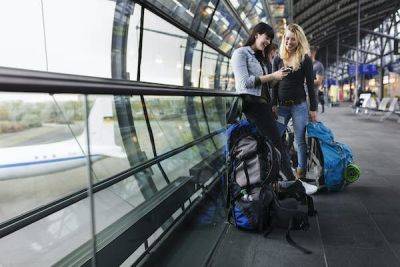
Top tips for seeing Germany on a budget
Western Europe’s most populous country doesn’t always spring to mind as a low-cost destination. However, in a place this big and diverse, there will always be a smarter way to spend your euros.

What World Tourism Day 2017 Should Mean to You
Each year, the World Tourism Organization (a specialized agency of the United Nations) sponsors a day to highlight tourism around the world. September 27th marks World Tourism Day 2017. The agency designated this year’s as the International Year of Sustainable Tourism for Development to raise awareness for social, economic, and environmental progress with travel. Now more than ever, you should be thinking more about these values as you make your travel plans. Here’s why.
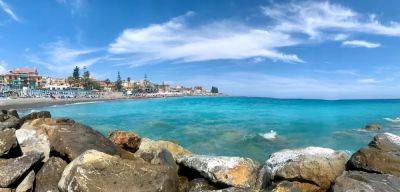
For New, Authentic Travel Experiences, Head To Italy’s Western Riviera
Italy’s Riviera di Ponente, or Western Riviera, has long attracted travelers—in the late 19th century new rail connections made it easier for well-heeled and titled English and Russians to escape their dreary winters, but before and after WWII, destinations on the Côte d'Azur and Riviera di Levante (the Eastern Riviera), like Rapallo, Portofino, and later, Cinque Terre, stepped into the spotlight, drawing celebrity names and eventually flocks of tourists.
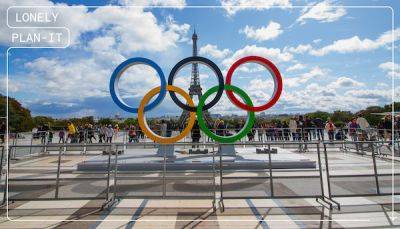
Paris 2024 Olympics: flights, tickets, accommodation - everything you need to know to go
You’ve read about all the ways the Paris 2024 Olympics will set groundbreaking new precedents next year. And you’ve decided you want to be a part of history and attend the events in person.

Alternative Africa: Freetown Should Be On Your Bucket List
You’ve already photographed the Big Five, sipped your way across Stellenbosch, straddled a camel beside the pyramids and now you’re looking for someplace new and different to feed your fascination with Africa.
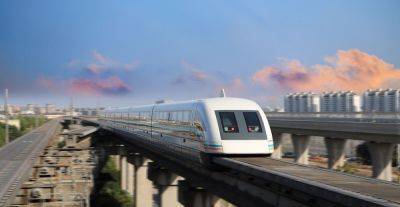
Everything You Need To Know To Ride the World's Fastest Passenger Train
There are high-speed trains and then there are high-speed maglev trains. While there are plenty of examples of the former (in the UK, in Spain, in France and even in Florida), only one of the latter is in commercial operation today: The Shanghai Maglev Train (SMT), also known as the Shanghai Transrapid Maglev Train. This unique train runs between Shanghai Pudong International Airport and the Shanghai’s financial district every 15 minutes and is the fastest commercial train in the world.

17 Things You Didn’t Know About the Cook Islands
There are few tourism destinations out there that have avoided the scourge of high-rise condos, Quarter Pounders, and traffic lights. And if that destination happens to be our planet at its most beautiful? Forget about it.

Next stop Spain: how to start your European road trip on the sea
“Being able to watch the journey out of the cabin window, seeing France fade away and Spain come into view, you experience the travel and the journey itself as part of the trip, rather than it being a means to an end. We both really love that,” says Katie Nicholson, who recently became a digital nomad, setting sail with Brittany Ferries from the UK to Spain on a new adventure with her partner, Ciaran.

Plane speaking: cure your fear of flying in a day
British Airways’ Flying with Confidence course has been helping people conquer their fear of flying for over twenty-five years. We sent Eleanor Aldridge to put it to the test.
